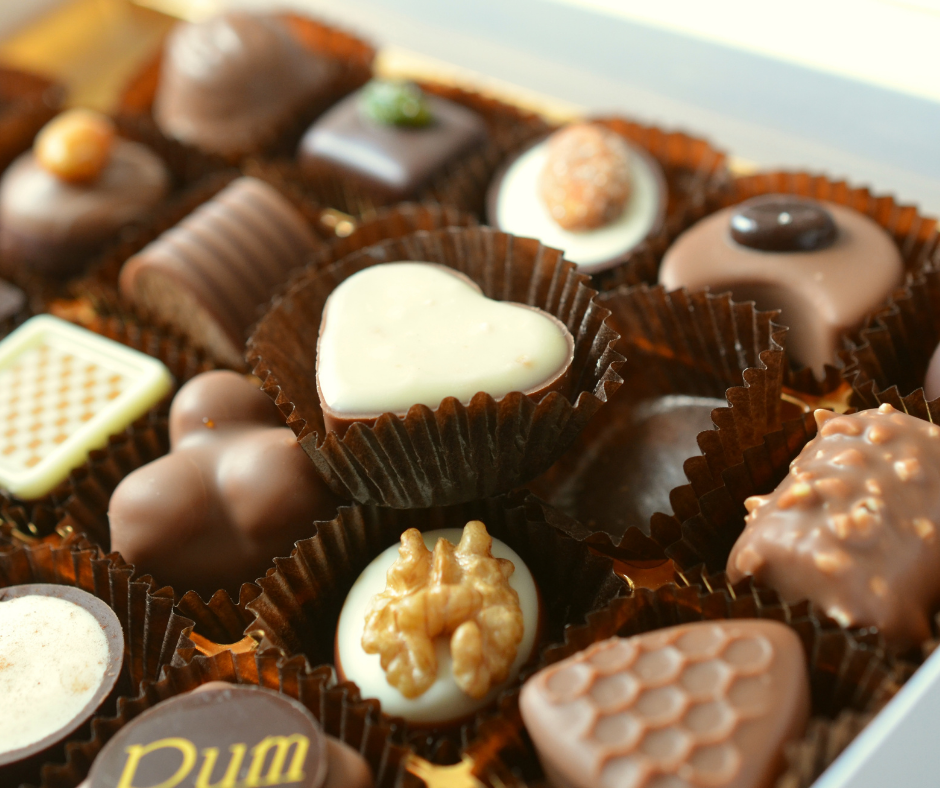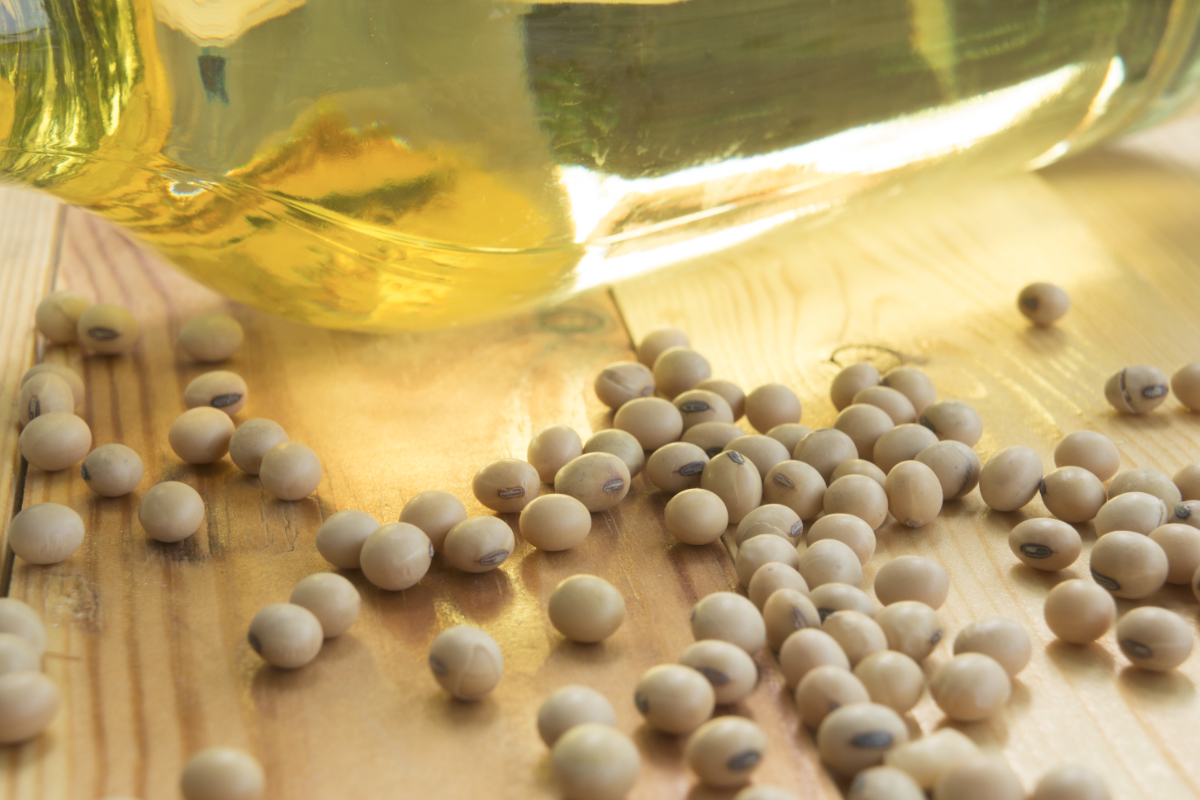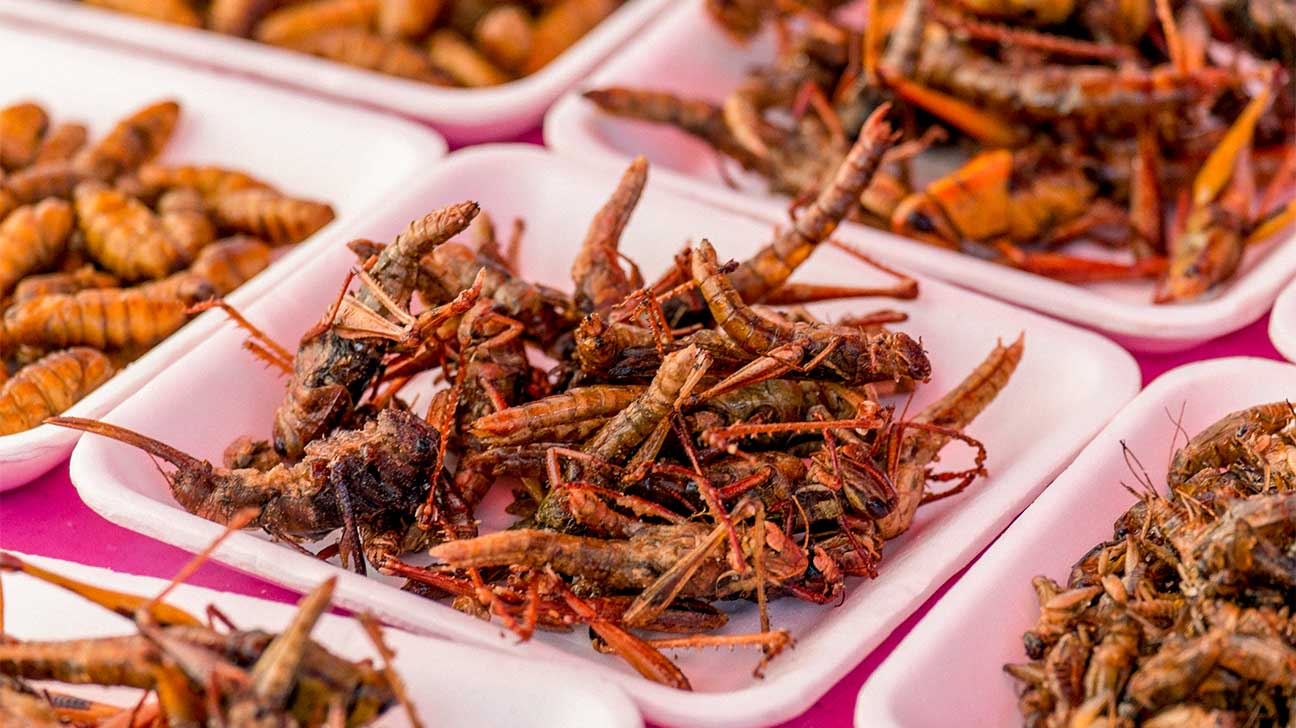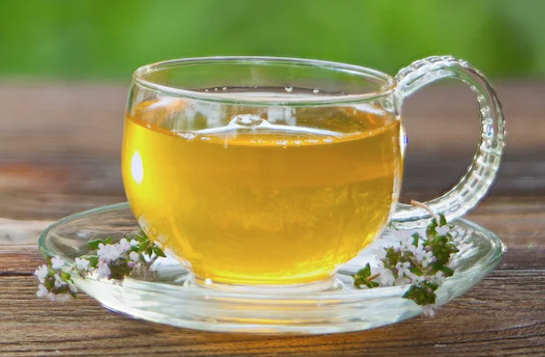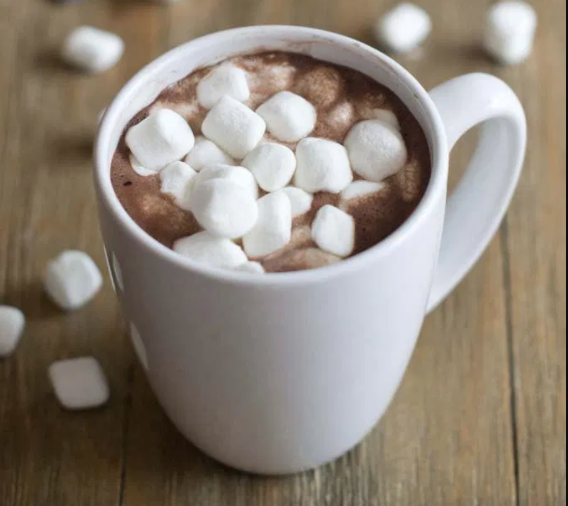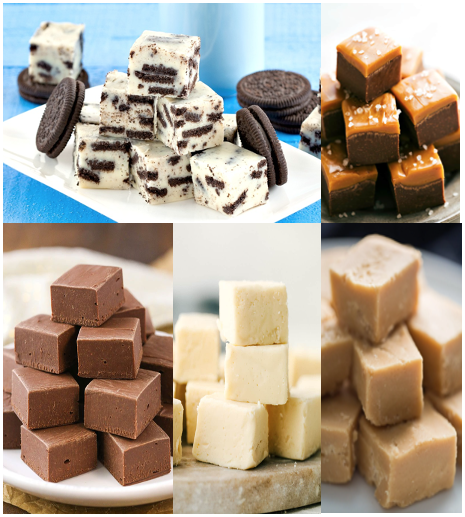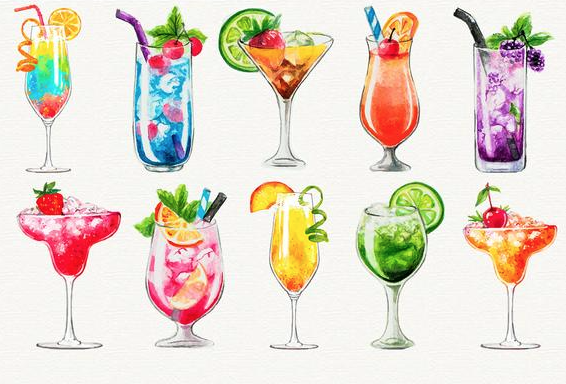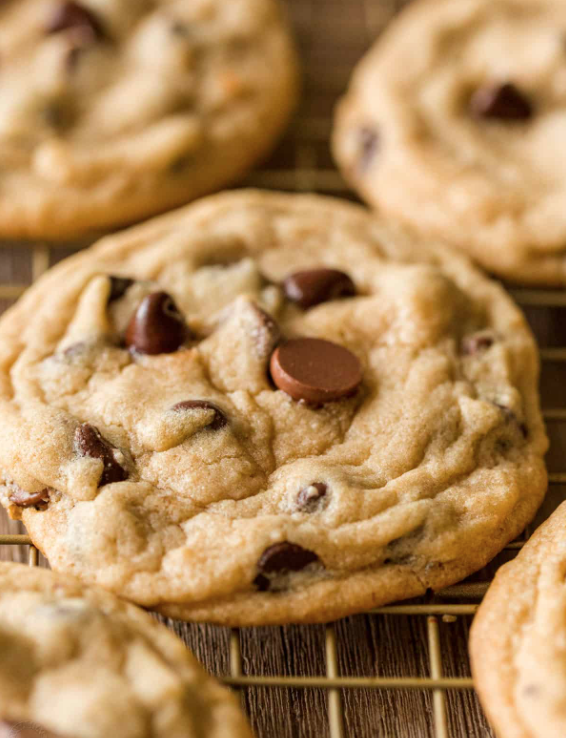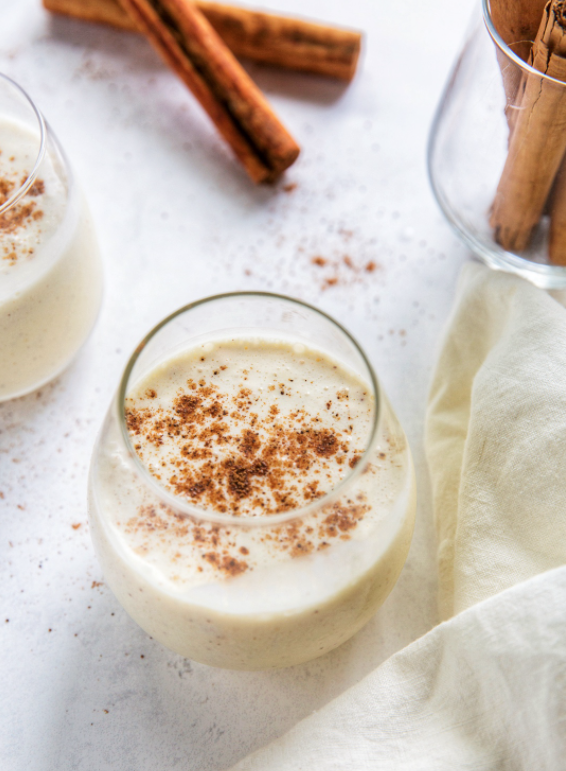By: Heidi Wagenbach
As I mentioned in a previous blog, I don’t drink. But, I don’t mind the occasional splurge of some alcoholic beverage, most often at a special celebration. On my 21st birthday, I went with some friends to a nice restaurant, flaunted my official ID, and ordered a fruity cocktail that tasted more like watermelon than alcohol. I don’t enjoy straight liquor and require some sort of mixture to hinder the burning, bitter sensation with sweetness. So venturing down this path of looking up popular cocktails and their histories, Google helped answer my dire questions, seeing that I have little expertise in this department. On the bright side, I learned new information while gaining a better sense of bar lingo, and now that 2021 is right around the corner, New Year’s Eve is going to be a holiday pretty much everyone is looking forward to after a year like 2020.
Keep reading to find recipes for your at-home celebration of watching the ball drop and acquire some new knowledge about your favorite drinks.
Old Fashioned
Ingredients:
- 2 oz. bourbon (or rye whiskey)
- 2-3 dashes Angostura bitters
- 1 sugar cube (or ½ tsp. sugar)
- Club soda
Old Fashioned is the epitome of cocktails. In 1862, the book Jerry Thomas’ Bartenders Guide: How To Mix Drinks was published with an early recipe for Old Fashioned. Then, come 1880, James E. Pepper, member of the The Pendennis Club, bartender and bourbon aristocrat, mixed the drink up in Louisville and brought his own version to New York City. By 1895, Modern American Drinks by George Kappeler was published and listed a newer recipe. The New York Times published an article by a man with pen name “Old Timer” in 1936 which reflected on years after Prohibition and mentioned the Old Fashioned cocktail, wishing he could relive the days in bars.
Margarita
Ingredients:
- 2 oz. silver tequila
- 1 oz. Cointreau
- 1 oz. lime juice
- Coarse salt for the rim
You know your product is good when more than one person claims to have invented it. Apparently, Carlos “Danny” Herrera created the margarita at his restaurant Rancho La Loria in 1938, inspired by one of his customers, actress Majorie King, who was allergic to hard alcohol despite tequila. Another wannabe was Margarita Sames, a wealthy Dallas socialite, who said she made the drink for her friends at a house party in 1948. Nonetheless, the first influencer was Jose Cuervo who advertised the sign: “Margarita: it’s more than a girl’s name” in 1945. The first frozen margarita machine was invented in 1971 by Mariano Martinez and that’s that.
Negroni
Ingredients:
- 1 oz. London dry gin
- 1 oz. Campari
- 1 oz. Vermouth rosso
First appearances of the Negroni were in the early 20th century. Lucca Picchi, who was the head bartender at Caffe Rivoire in Italy, created this cocktail in the Bar Casoni in Florence. Count Camillo Negroni ordered an Americano with gin instead of soda, without realizing he would form the triple crown of classic cocktails (alongside the dry martini and Manhattan). Later on, Picchi wrote the book Sulle Tracce del Conte: La Vera Storia del Cocktail Negroni, translating to: “On the Count’s Trail: The True Story of the Negroni Cocktail.”
Moscow Mule
Ingredients:
- 2 oz. vodka
- 4-5 oz. ginger beer
- ½ oz. lime juice
It all started in 1941 when Sophie Berezinski immigrated from Russia carrying 2,000 solid copper mugs. Her father owned the factory Moscow Copper Co. and she created the design for the original mug that would later become iconic. They needed a salesman, therefore, she journeyed to America in hopes of finding someone to sell more. Without luck, her husband Max made an ultimatum that either she sold the copper cups or he would throw them out. She went door to door in Hollywood, finally happening upon the Cock ‘n’ Bull pub on Sunset Strip. Meanwhile, John Martin, a major spirits distributor, bought Smirnoff Vodka distillery, introducing ginger beer to Americans who had no interest in vodka. Berezinski and Martin formed a companionship and spent hours developing the perfect drink that we know today.
Dry Martini
Ingredients:
- 1 oz. dry vermouth
- 4 oz. gin
- Olives or lemon twist
The history of the dry martini is vague, misunderstood, and the least cohesive in the ordering process. Legend has it that during the Gold Rush, a miner from Sierra Nevada struck rich and headed to San Francisco, staying at the Occidental Hotel, where he asked the bartender to cut the Luxardo and switch from Angostura to orange bitters. Then on, the dry martini became a cocktail to be served at a hotel but took a hit because of Prohibition. During those years, people began to add ingredients that weren’t normally used in cocktails, like sugar and fresh citrus, because that meant you’ll have less booze on your breath. The popularity of the martini shot through the roof in the 1960s with the James Bond films emerging, but 20 years later, people were calling all cocktails martinis, focusing on the glassware and not the drink itself.
Mojito
Ingredients:
- 2 oz. white rum
- ½ oz. lime juice, freshly squeezed
- 1 tsp. superfine sugar
- 3 mint leaves
- Club soda (or seltzer)
The restaurant and bar La Bodeguita del medio in Havana, Cuba claims to be where the mojito originated. They enjoy fame after author Ernest Hemingway praised their style of preparing the drink. Before that, another theory shows that African slaves worked in Cuban sugar fields and made the drink, calling it “firewater of the sugar cane.” The main, inspiring word “mojo” means “to place a little spell.” In the 1500s, Sir Francis Drake landed in Havana to pillage for gold but his invasion was a failure and his crew suffered from dysentery and scurvy. They were given South American Indians remedies, used the above mixture, mint leaves, juices, limes, and tonic. The drink “El Draque” then became a variation of the classic mojito.
Manhattan
Ingredients:
- 2 oz. rye whiskey
- 1 oz. Italian vermouth
- 2 dashes Angostura bitters
The Manhattan is another drink whose background is lost in time. Two popular rumors are: in the early 1880s, Dr. Iain Marshall created the mixture for Lady Randolph Churchill’s party, who was the mother of Winston Churchill and the name stuck because the event was held in the Manhattan Club in New York. This myth was debunked seeing that Lady Randolph was pregnant and in England at that time. The book Valentine’s Manual of New York published in 1923 has a more plausible story. A bartender, William F. Mulhall, at New York’s Hoffman House stated: during the 1880s, Manhattan was invented by a man named Black who lived on Houston Street on Broadway. Another article published in 1882 mentioned the Manhattan and its ingredients, calling it by other names like the Jockey Club Cocktail.
Bloody Mary
Ingredients:
- ½ cup tomato juice
- ¾ tsp. horseradish, chopped
- 1 tsp. Worcestershire sauce
- Dash of celery seeds
- 4 dashes hot sauce (preferably Tabasco)
- ½ lemon’s juice, freshly squeezed
- ½ lime’s juice, freshly squeezed
- Dash of sea salt
- Dash of black pepper
- 2 oz. + 1 Tbsp. vodka
- 6-8 oz. Bloody Mary mix
Fernand “Pete” Petiot was the original creator of the Bloody Mary. In the 1920s, he worked at Harry’s New York Bar in Paris and mixed Russian vodka with tomato juice for Americans. He then held a position at King Cole Bar of St. Regis Hotel in 1934 and introduced the Red Snapper that contained vodka, tomato juice, citrus and spices. The hotel owner objected to the name Bloody Mary even though it became a smash hit because his own wife was named Mary. Comedian George Jessel argued he was the one who invented the drink after a long night, waking up with a hangover. He supposedly mixed vodka with tomato juice and spices when socialite Mary Brown Warburton came walking in, wearing a white dress, only to have Jessel spill his mixture over her. Of course, the infamous Queen Mary Tudor is also thought to have played a role in the name, after executing hundreds during her reign.
French 75
Ingredients:
- 2 oz. London dry gin
- 1 tsp. superfine sugar
- ½ oz. lemon juice
- 5 oz. champagne
This creation first appeared in 1927’s Here’s How! magazine and then again in 1930’s Savory Cocktail Book. Nevertheless, writer Charles Dickens visited Boston in 1867 and entertained guests with “tom gin and champagne cups,” sounding oddly familiar to the French 75’s ingredients. This drink was a popular combination for gentlemen with a certain class and was the Prince of Wales’ favorite. So ultimately, the person who “invented” this drink didn’t do much other than give it a name, granted that name has stuck for about a hundred years. Novelist Alec Waugh called the French 75: “the most powerful drink in the world.”
Daiquiri
Ingredients:
- 2 oz. white rum
- ½ tsp. superfine sugar
- ½ oz. lime juice
The creator of the Daiquiri was American engineer Jennings Stockton Cox and its birthplace was the iron mines of Daiquiri in Cuba… or at least historians think it was. Following the American-Spanish war in 1898, Cox established a Bacardi ration for workers, using ingredients available and experimenting with different blends. Cox’s granddaughter had a contradicting claim that her grandfather had no more gin for a party and didn’t want to offer dry rum, so he made the drink with what he had. Medical officer Lucius Johnson took the recipe back to the ‘Army and Navy Club’, making this cocktail one that’s often enjoyed by sailors. The recipe then was passed through the years with many variations, eventually served in bars. This drink had to wait till after Prohibition to become truly famous but nevertheless did.
Aperol Spritz
Ingredients:
- 2 oz. Aperol
- 3 oz. Prosecco
- 2 oz. club soda
- Orange slices
Aperol wasn’t invented till 1919, but Spritz has been around since the 1800s. Beginning in the Veneto region of northern Italy when it was controlled by the Austro-Hungarian Empire, the new citizens complained that the wines were too strong and lightened them with a splash of water (or spritz, in German). Brothers Luigi and Silvio Barbieri inherited their father’s liquor company in 1912, and after 7 years of testing out different ingredients, created Aperol. The recipe remains secret and it was the 1950s was when the Aperol Spritz came to be. It was an instant hit in Italy and the 2000s showed a massive surge in popularity after intense advertising and social media campaigns.
Whiskey Sour
Ingredients:
- 2 oz. bourbon or rye
- ⅔ oz. lemon juice
- 1 tsp. superfine sugar
- ½ egg white
The first recipe for the Whiskey Sour was written in 1862. Traveling sailors were often at risk of malnutrition and a lack of vitamin C, leading to the development of anemia, exhaustion, or spontaneous bleeding that caused infection and death. Ships left port with citrus to help prevent these symptoms and lemon was normally mixed with rum, whiskey or gin. It quenched the sailors’ thirst and prevented disease. The mixture was eventually brought to shore and adored. The recipe underwent several changes, being called “Boston Sour” or “New York Sour,” which was topped with red wine. Including the egg white was deemed Amaretto Sour, all three being cousins to the well-known, classic Whiskey Sour.
Dark ‘n’ Stormy
Ingredients:
- 2 oz. dark rum
- 3 oz. ginger beer
- ½ oz. lime juice (optional)
It’s said that an old, unknown sailor who compared the drink’s murky hue to the color of storm clouds came up with the name of this cocktail. That fact is unproven but well-established, seeing how Bermuda is the shipwreck capital of the world. 300 vessels lay at the bottom of the Atlantic Ocean after crashing into one of the many 200 miles of coral reef. James Gosling, commander of the Mercy in 1806, managed to avoid that horrible fate. The Goslings became a prominent family of rum production. Ginger beer was also produced on the island which perfectly complemented the rum: voila, Dark ‘n’ Stormy was born. Harry’s restaurant and bar in Bermuda continues to get more orders for Dark ‘n’ Stormy than any other drink.
Conclusion
Cocktails are much more complicated than I realized, some of them requiring time and effort, others being created through the circumstances around them. I have much more respect for bartenders, who have to remember and recreate all these specific items to the customer’s request. Remember that whether you’re dining in or out this New Year’s, be safe, not only in regards to COVID, but with your drinking. Have fun, know your limits, and ask your server if they know any of the above tidbits while sipping your favorite cocktail.
~See you in the New Year!~
Sources:
21 Classic Drinks to Order at a Bar
The 10 Most Popular Cocktails Right Now
The 15 Most Popular Drinks to Order at a Bar in 2020
A Short and Sweet History of the Old Fashioned
The History of the Margarita
Behind the Drink: The Negroni
Moscow Copper Co. – Our Story
The History of the Martini and How To Order One
The History of the Mojito
Cocktail History: The Manhattan
History Lesson: The Bloody Mary
Behind the Drink: The French 75
The History of the Daiquiri Cocktail
The History of the Aperol Spritz
Winter Classics: The History of the Whiskey Sour
Dark ‘n’ Stormy: The History of Bermuda’s Unofficial Drink
Click here for more blog posts!

